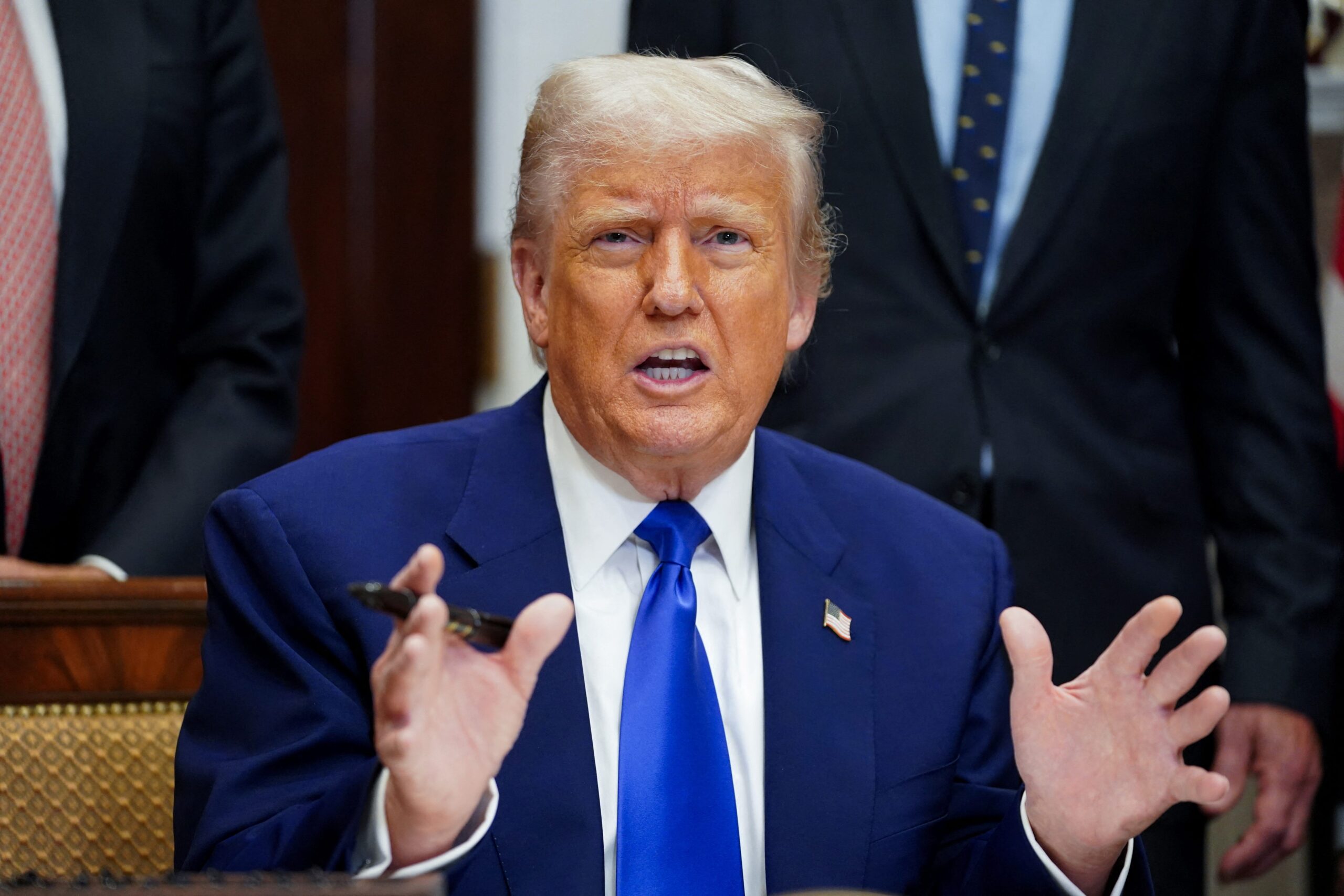
The High Cost of Prescription Drugs in America: Will Change Ever Come?
Americans face a stark reality: they pay significantly more for prescription medications than their counterparts in Europe and other wealthy nations. This price disparity has long been a point of contention, sparking debate and prompting various attempts at reform. But are we any closer to a solution, or are Americans destined to continue bearing this financial burden?
The issue gained renewed attention when former President Donald Trump issued an executive order aimed at lowering drug prices. Trump boldly claimed that his order would lead to dramatic price cuts, suggesting reductions of 59%, and even potentially as high as 90%. He framed the situation as a matter of fairness, echoing his views on trade imbalances. Trump argued that if the U.S. pays more for drugs than other countries, it’s essentially being "ripped off."
The executive order directed the United States Trade Representative and the Department of Commerce to set price targets for drugmakers, pushing them to align American prices with those in comparably developed nations within a specific timeframe. Failure to make substantial progress within six months could trigger actions from various federal agencies. The discounts requested could range significantly, potentially reaching 59% to 80% off list prices.
Trump’s approach involved urging other wealthy nations to shoulder a larger share of the cost for prescription drugs, branding his executive order as a form of "equalization." To enforce this, he proposed empowering the Health and Human Services Department to draft federal rules imposing prices in line with other developed nations. Drug companies that refused to meet these targets could face investigations by the Federal Trade Commission for anti-competitive practices, or even risk Food and Drug Administration reviews that could potentially lead to modifications or revocations of drug approvals if the drugs were deemed unsafe, ineffective, or improperly marketed. The order also revisited the idea of importing less expensive pharmaceuticals from other countries, a concept that had previously gained little traction.
However, experts questioned the effectiveness of Trump’s approach. Some viewed it as a haphazard strategy, likening it to "throwing spaghetti against the wall" – hoping that by trying everything, something might stick. Others predicted that the executive order would have no immediate impact on consumers, due to the complexities of health insurance plans, copayments, and hidden rebates.
Critics, including some Democrats, expressed skepticism about the executive order’s ability to deliver meaningful relief. They argued that Trump’s approach was more about generating headlines than enacting real change. They criticized the reliance on voluntary cooperation from pharmaceutical companies, suggesting that these companies were unlikely to willingly forgo profits to benefit consumers.
The stark reality is that U.S. prescription drug prices are significantly higher than those in other developed countries. A report by the Department of Health and Human Services revealed that U.S. prescription drug prices are more than 2.5 times higher than those in 32 comparable countries. This translates to a substantial difference in per capita spending, with the U.S. spending $1,310 per person on prescription drugs, compared to $646 per person in other developed nations.
The impact of these high prices is felt by consumers. Studies have shown that a significant portion of Americans have skipped or delayed medical care, including filling prescriptions, due to cost concerns. This highlights the direct link between drug prices and access to healthcare.
In response to this pressing issue, the Biden administration has also taken steps to address drug pricing. The Inflation Reduction Act, enacted in 2022, empowers Medicare to negotiate prices with pharmaceutical companies for a limited number of medications. This law mandates extensive rules, public comments, and discussions with drug companies before discounts can be implemented.
The Biden administration has already initiated this process, lowering prices on 10 widely prescribed drugs, such as the blood thinner Eliquis, with these changes slated to take effect in 2026. Furthermore, Medicare has announced an additional list of 15 drugs that will be subject to negotiation for discounts starting in 2027. The Inflation Reduction Act also includes provisions to penalize drug companies that raise prices faster than the rate of inflation.
Despite these efforts, the issue remains complex. Pharmaceutical companies argue that foreign countries aren’t paying their fair share for medications. They also point fingers at pharmacy benefit managers (PBMs), which negotiate drug prices on behalf of insurers and patients, suggesting that these middlemen are contributing to the high costs. Some argue that giving the money that currently goes to these middlemen directly to patients would significantly lower their medicine costs and reduce the gap with European prices.
The president and CEO of the trade group Pharmaceutical Research and Manufacturers of America (PhRMA) agreed with Trump’s belief that foreign countries are not paying their fair share.
He went on to say that U.S. pharmacy benefit managers, insurers and hospitals take half of every dollar spent on medicines and the amount going to middlemen often exceeds the price in Europe.
The debate surrounding prescription drug prices in America is multifaceted, involving complex economic factors, political considerations, and differing perspectives from various stakeholders. While both the Trump and Biden administrations have attempted to tackle the problem, the path to a sustainable and affordable solution remains uncertain. The key question is whether these efforts will ultimately translate into meaningful cost savings for American consumers and ensure access to life-saving medications for all.
